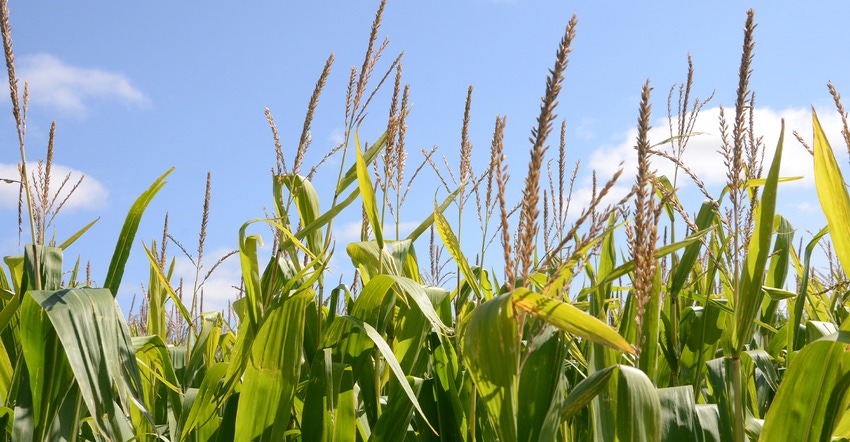January 2, 2020

The transitional yield is what a farmer gets to use for risk management planning with USDA’s Risk Management Agency, and your local crop insurance agent, when you have limited actual production history available. But how accurate are those T-yields?
Turns out, there are big disparities in T-yield versus actual yield. That can bite your financial planning if the revenue insurance plan can’t protect what’s really happening on the farm.
The T-yield, based on a 10-year historical county average, doesn’t get updated regularly. It’s the yield farmers have to use if have gaps in their actual production history. For example, with no APH, growers are assigned 65% of the T-yield as their APH yield. The more APH records you have, the better the numbers — so, with one year, you get 80% of the T-yield; with three records you get 100% of the T-yield.
That’s all good news, provided the T-yield itself accurately reflects reality. The Colorado Corn Growers Association saw a problem, as farmers found that there were significant disparities between T-yields and actual yields, so the group went to work to narrow the difference.
Moving the needle
In February, CCGA and the Colorado Corn Administrative Committee went to Commodity Classic with several issues to resolve, including T-yield disparities. Team members presented the information to their peers in Kansas and North Dakota during caucus, and then to other states and to the National Corn Growers Association leadership and Risk Management Action team.
A few weeks later, Dave Cure, CCGA public policy chairman, and Jeff Self, CCGA vice president, shared the T-yield disparities with board members of the Southwest Council of Agribusiness, and the chief economist for the House of Representatives Committee on Agriculture.
Cure noted in a release after the meeting with SWCA that when “our peers recognized the T-yields were really off, we knew we had an opportunity to make a difference.”
Their work continued; and in July, Kim Reddin, a CCGA staff member, and Brad Weddleman with Combest-Sell and Associates, representing SWCA, met with staff members of USDA’s Risk Management Agency in Washington, D.C., for a status update.
At that meeting, RMA confirmed that corn yields were under review. It also confirmed the adjustment limit would increase from the standard 10% to 20%. And, when enough actuarial data was available, RMA would adjust as high as 40%. This gave the CCGA public policy committee members some hope.
RMA makes adjustment
On Nov. 30, RMA published the adjusted T-yields on corn for 2020. Staff members from the Topeka, Kan., office represented the percentages from 2019 to 2020 on irrigated and nonirrigated silage and corn Dec. 4 during CCGA’s annual event in Greeley, Colo.
Mark Sponsler, the CEO of CCGA, noted that the work of the public policy committee, with help from other organizations, “These adjustments begin to address the problems farmers face if they have limited APH, or their yields are impacted by drought or hail.”
Adds Cure: “We recognize the adjustments RMA has made to T-yields and appreciate their follow-through. We also recognize that several counties in eastern Colorado still face a 70% value disparity compared to similar corn-producing counties outside the state. CCGA public policy committee remains committed to working with RMA on T-yields.”
Contact an insurance agent for the adjusted T-yields or visit bit.ly/USDAadjtyields.
At the site, you can check out how T-yields have changed for your crop. For example, in Yuma County, Colo., for irrigated grain corn, the T-yield had been 204 bushels per acre for three crop years; for 2020, that rises to 210. For nonirrigated corn, the T-yield rises from 43 bushels per acre to 60.
Source: Colorado Corn Growers Association, which is solely responsible for the information provided and is wholly owned by the source. Informa Business Media and all its subsidiaries are not responsible for any of the content contained in this information asset.
You May Also Like




